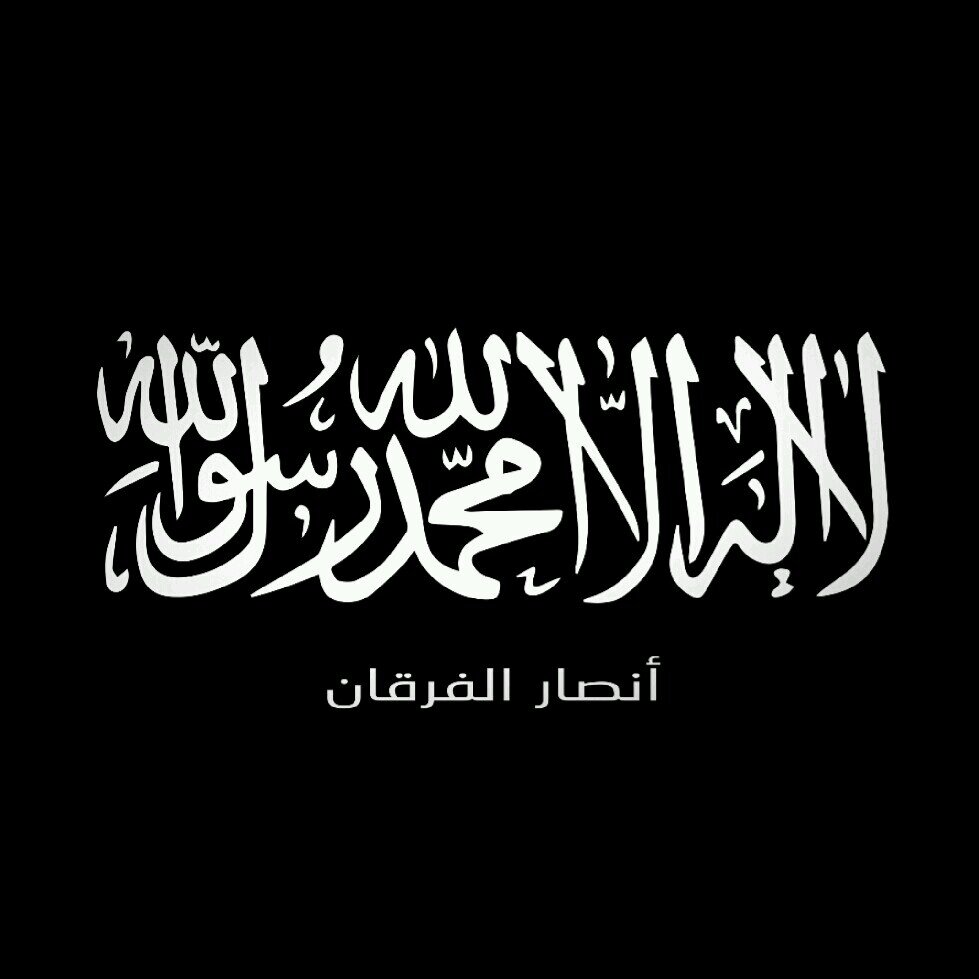
A high-ranking delegation led by the head of the Political Office of Islamic Emirate, the respected Mr. Tayyab Agha, recently made a visit to the neighboring country of Iran. The delegation of Islamic Emirate met with officials of the neighboring country of Iran and discussed issues related to the current situation of our country Afghanistan, the region, Islamic world and conditions of the Afghan refugees residing in Iran.
It must be reminded that this was an ordinary visit from the series of trips by delegations of Islamic Emirate who travel to various countries of the world in order to discuss bilateral issues, form, expand and strengthen ties.
Delegations of Islamic Emirate have also travelled to Japan, France and China previously and will continue following this course in the future.
Zabihullah Mujahid
Spokesman of Islamic Emirate of Afghanistan
01/08/1436 Hijri Lunar
30/02/1394 Hijri Solar 19/05/2015 Gregorian
_______________




